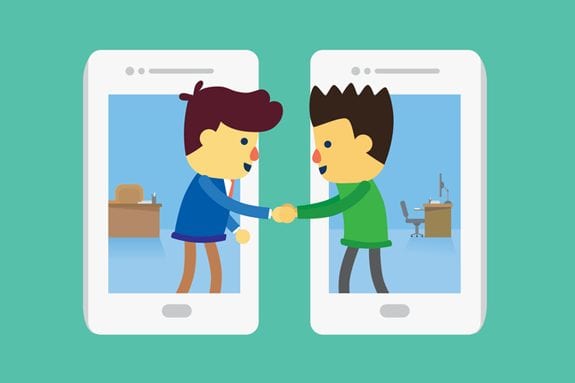The audience first opportunity

Gaming is a very personal industry. People matter in gaming. Understanding people is at the core of the most successful gaming companies in the world. In general, the data used to understand behaviours and predict actions is limited and myopic.
Gaming is too reliant on what happens after people become clients, rather than before. Gaming relies on action-based or demographic segmentations, which limits the scope of the insight available.
Media reports, industry questionnaires and sampling are not fast enough for this industry. They don’t react quickly enough for sportsbook and they don’t get enough data for other parts of the industry.
We need insights at the speed of modern culture and to achieve this we need to look at social data.
Social data has shown that engagement on social is two-way. A consumer can learn about our product, service or brand, but equally, we can learn from the consumer. With this approach advertising can move from “mallet over the head” blunt to “laser surgery” accurate, taking communications from “blanket covered” to “personally delivered” and insights from “market research” to “market reality”.
Social platforms are very much like a sponge.
They soak in the residue from marketing campaigns, sponsorships, PR events, influencer programmes and other communications and create an audience very much reflective of life outside of the platform.
For the first time ever, we now have a data source that helps us understand our audiences in a richer way and without the inherent biases that come with traditional research methodologies.
Why start with the audience?
Our hyper-connected world now means that our customers are our audience before they are our customer. We can “meet” them first. We can get to know them before they buy. Watch any good salesperson in a retail environment and they practice this face-to- face all the time.
The best sales professionals ask questions. They ask what the person does, who they are, what they are interested in. They get to know them and then they sell to them based on those insights, “this car will fit two sets of golf clubs in the boot and will make them jealous in the clubhouse”, etc.
The core premise of the audience-first approach is that when you know a person by what they are interested in or passionate about, you know a person enough to sell to them. You also know who not to sell to or pay attention to.
What age someone is, where they live, and what they searched last on Google are not what defines them and are not enough for you to personalise your message to them. If you want to engage someone, know them.
Knowing the customer and putting them first is fast becoming the key mantra of the largest companies in the world.
Indeed Keith Weed, chief marketing officer at Unilever, summed it up with: “We need to go from marketing to consumers, to mattering to people.” In that short quote from his speech at the Festival of Marketing in 2016, Weed shows the direction that Unilever is taking: know the client, know what is important to them and engage on that level.
Today’s consumer is even more demanding. They are in control of their buying decisions, they are not as easily swayed by the tinsel of logo and media exposure. They are not as definable as yesteryear. A housekeeper can be a 28-year-old college graduate and a C-suite professional can be a 35-year-old mother of two.
The glue for today’s audience are their passion points. Their passion points drive their need for content and create interest-based clusters across the demographic and geographic divides.
So before any selling, before any advertising, one must identify the audiences available and understand them, their passions and their paradigm of communication.
How to start your audience-first approach
- Define your audiences
- Build your segmentations
- Understand your segmentations’ preferences
- Understand your segmentations’ social behaviour
- Understand your competitors/media partners/influencers/sponsorship partners and other key audiences
- Redefine your audiences
- Go back to step 2
From this data, you can build your audience and customer base, cluster by cluster, interest group by interest group.
This segmented audience data can now dictate your brand, your messaging, your PR communications, your content, your event strategy, your market positioning, your advertising, in fact your whole paid, owned and earned strategy.
The idea being that in this world you market to people not to demographics.
In this way you can start to have your messages resonate better and you can create a more personalised relationship between brand and customer, driving up engagement and driving down cost per acquisition.
